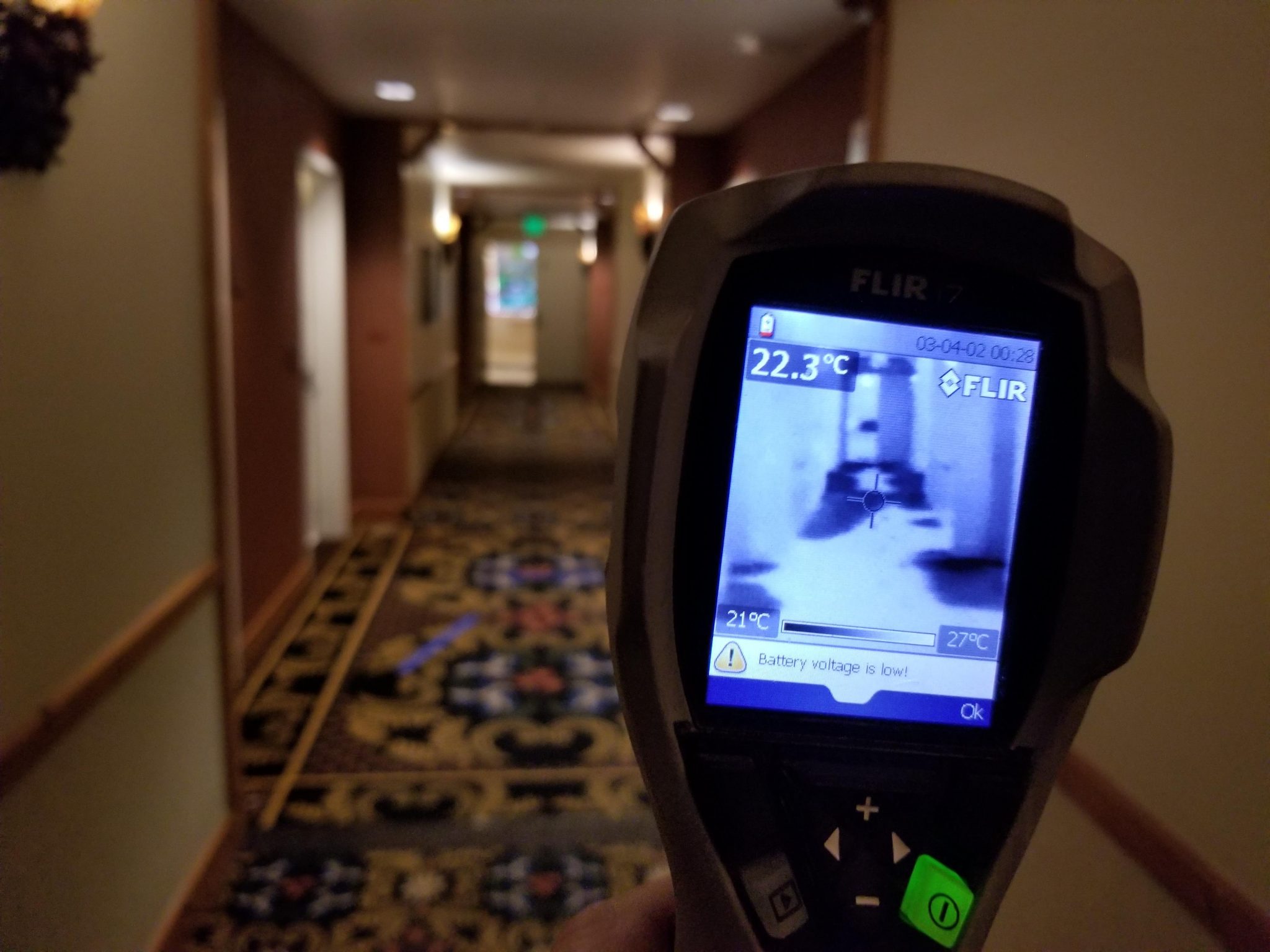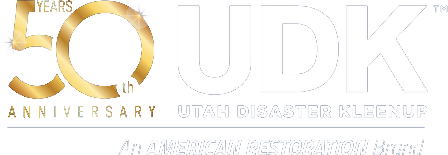Welcome back to the Utah Disaster Kleenup Blog, where we discuss previous disasters we have cleaned up and talk about preventative steps and plans as well as getting you back up and running again.
Last week we shared a story about a resort lodge based here in the Wasatch Mountains that experienced a power outage that caused a boiler failure. The boiler failure caused a major flood impacting the entire first floor.
The lodge had all of its common areas, corridors and 50 guest bedrooms impacted by the flood. Normally the lodge’s staff would typically handle any floods that would spring up, but this was much larger that the staff would be equipped to handle and UDK was called to the site.

While UDK was on site cleaning up the initial loss, the power was restored which caused the boiler to begin overflowing rapidly, resulting in a second wave of flooding. UDK acted quickly to prevent further and more extensive damage from occurring.
While the cleanup was taking place, UDK’s experienced project managers were at work creating a scope of loss. They use moisture meters and infrared cameras to detect any water that was absorbed into areas that otherwise appear dry. This step is important as any areas not mitigated could potentially result in mold. Conducting a thorough and complete scope is important for the insurance carrier as well. They will use this documentation for their claims process.
Water is one of the most destructive forces within the walls of a building. Water quickly saturates carpet and padding and then begins wicking up the walls into the sheetrock. It is common for restorers to remove baseboards, drill holes, and for more severe flooding, cut sheetrock and remove insulation to the lower section of the wall to facilitate airflow and drying. Water will cause furniture to expand and split and even cause staining.
Water not only is destructive to building materials, but can pose a safety risk around electrical lines. Dampness and high humidity can corrode electrical connections which can lead to early failures or even fires down the road if not addressed.
UDK uses FLIR (Forward Looking InfraRed) inspection cameras that can spot moisture without disturbing building materials and drilling unnecessary holes in walls, floors and ceilings. While these cameras don’t actually see the moisture they can detect small temperature variations that reveal the presence of moisture. When a temperature variation is found it can be verified by a moisture meter.
When viewed through the naked eye, the space may look unaffected or undamaged, but with the thermal imaging cameras you can see what areas need attention. In the photos you can see what the naked eye sees compared to thermal imaging cameras. The darker areas are cooler indicating moisture. These are areas that need a closer look to determine if there is moisture present.

UDK’s project managers use tools like cameras to quickly survey spaces inside the building and locate any trouble spots that need to be addressed. It is common to mind moisture in adjacent areas and areas beneath where the initial flooding occurred. Crawl spaces, basements and areas not easily accessed (such as the space under a kitchen island) make great hiding places for water. UDK’s trained staff knows how to locate and mitigate these problem areas, with little disruption to building materials. This saves time and money when it comes to repairs.
Navigating the claims process with the insurance company can be frustrating, but detailed documentation with daily drying logs and estimates are required to keep your insurance company in the loop and help you throughout the process of the cleanup.
If you have questions, you are always welcome to call our non-emergency line for more information on how we can cleanup any disaster your home has encountered, big or small!
To learn more about how UDK restores homes flooding check out our Flood Damage Restoration and Repair page!
Non-Emergency Inquiries
Contact us for Your FREE Quote!
Categorised in: Case Studies
This post was written by Keri Jones
